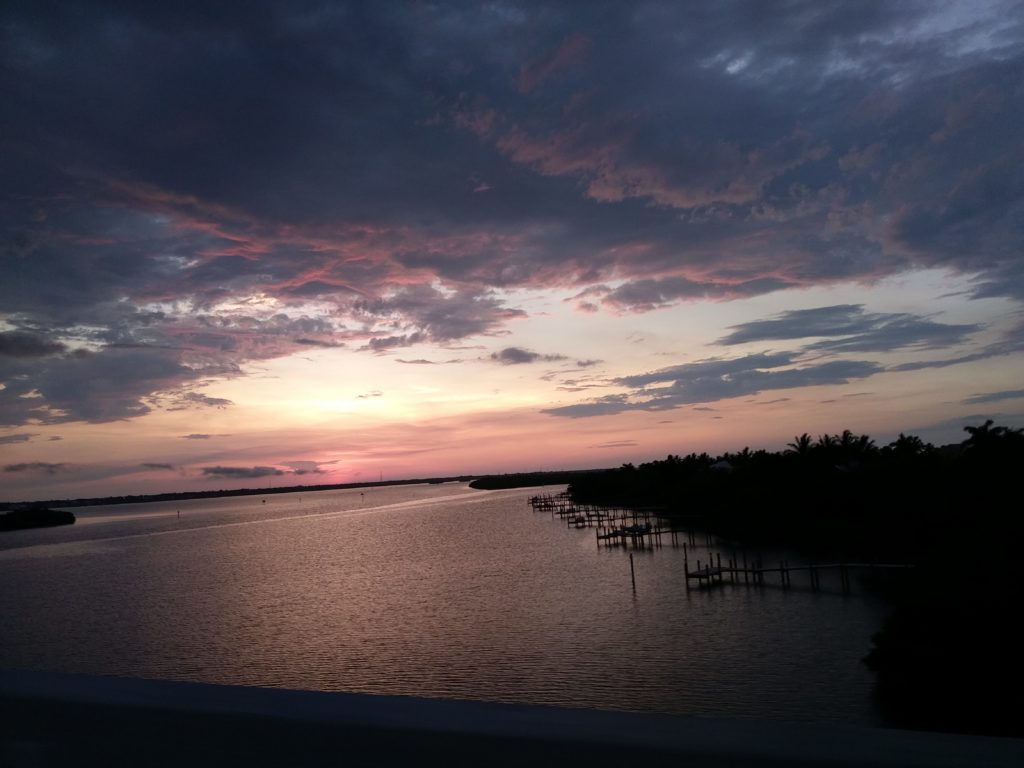This chapter is named after the Pelican Island Wildlife Refuge. With a history that symbolizes our nation’s dedication to her cherished lands, the Pelican Island Wildlife Refuge holds the distinction of being our nation’s first national wildlife refuge. The refuge has provided a natural home for fish and wildlife, while proudly serving as the ambassador for the development of the National Wildlife Refuge System. Through the creation of 563 refuges throughout the nation since its designation on March 14, 1903, Pelican Island National Wildlife Refuge has stood as a testament to our nation’s continued commitment to the conservation of natural lands. With the unique conservation areas present in the Sebastian area, a focus on conservation would be natural for a DAR chapter located in Sebastian.
Pelican Island’s bird populations were threatened because of increased American settlement around the area in the mid-19th century. Many of the exotic birds were killed for their feathers, used in the fashion industry. Plumes from the birds were used to adorn ladies’ hats of the day and at the time were worth more than their weight in gold.
Paul Kroegel, a German immigrant, moved to Florida in 1881, and lived on the west bank of Indian River Lagoon. He was fascinated with the pelicans on the island. Being able to see the island from his home, Paul would watch the pelicans and other water birds. He eventually took an interest in the island and its protection. However, there was not any state or federal law to help him so he took control of the situation himself. Kroegel sailed to the island to stand guard and protect the birds and the island.
A few naturalists visited Kroegel at Pelican Island. A curator at the American Museum of Natural History in New York, Frank Chapman, was one of the naturalists showing interest in the island as well. He discovered that Pelican Island was one of the last rookeries of brown pelicans on the eastern coast of Florida.
The American Ornithologists’ Union and the Florida Audubon Society led a campaign to pass legislation for protection of non-game birds in 1901. Knowing that the protection of Pelican Island would require more legislation, Chapman and his fellow advocate, William Dutcher went to President Theodore Roosevelt at his home in New York. The two appealed their case to Roosevelt’s conservative ethics. President Roosevelt signed an executive order that established Pelican Island as the first federal bird reservation. This was the first time that the federal government put land aside for the sake of wildlife.

